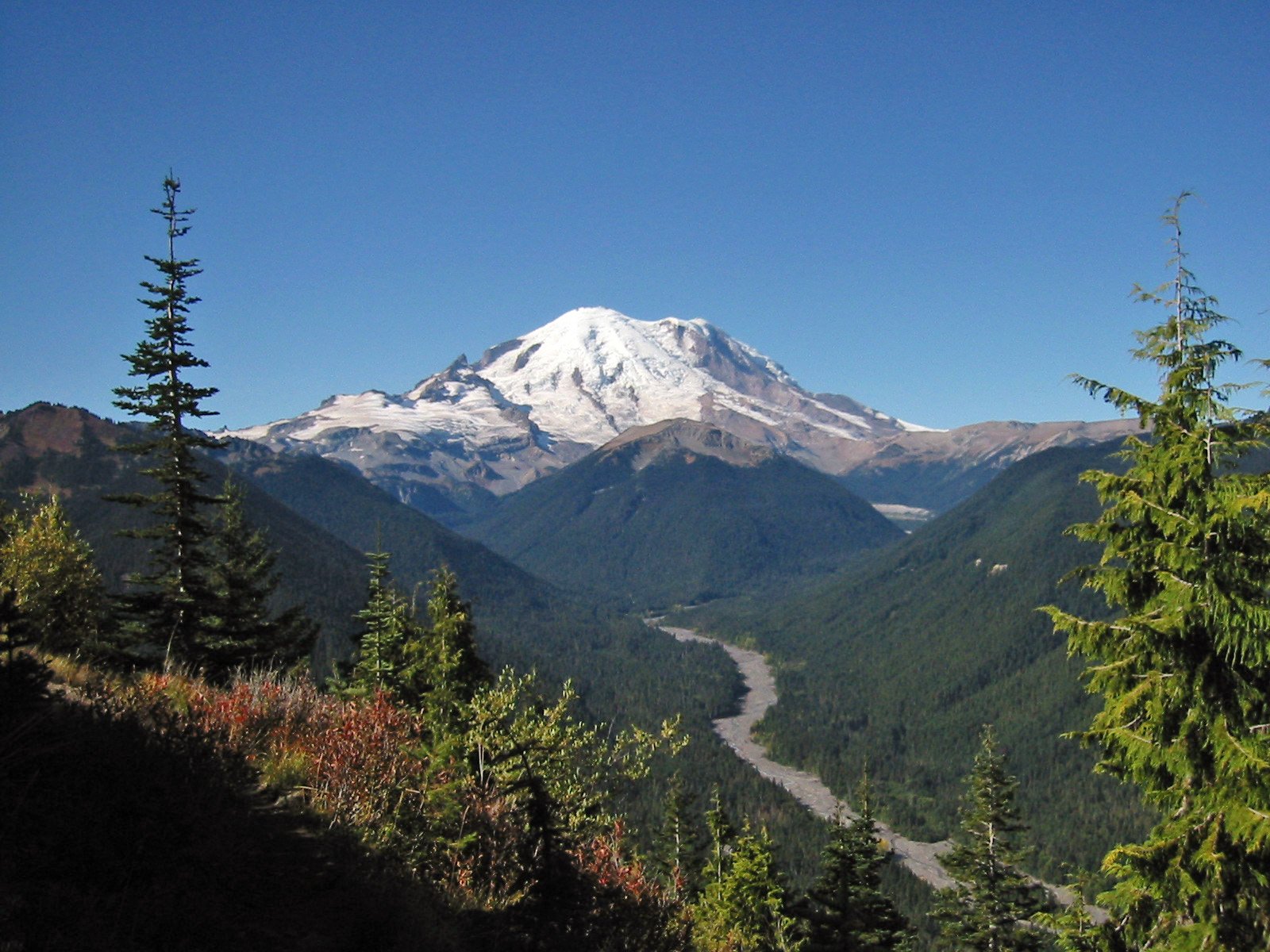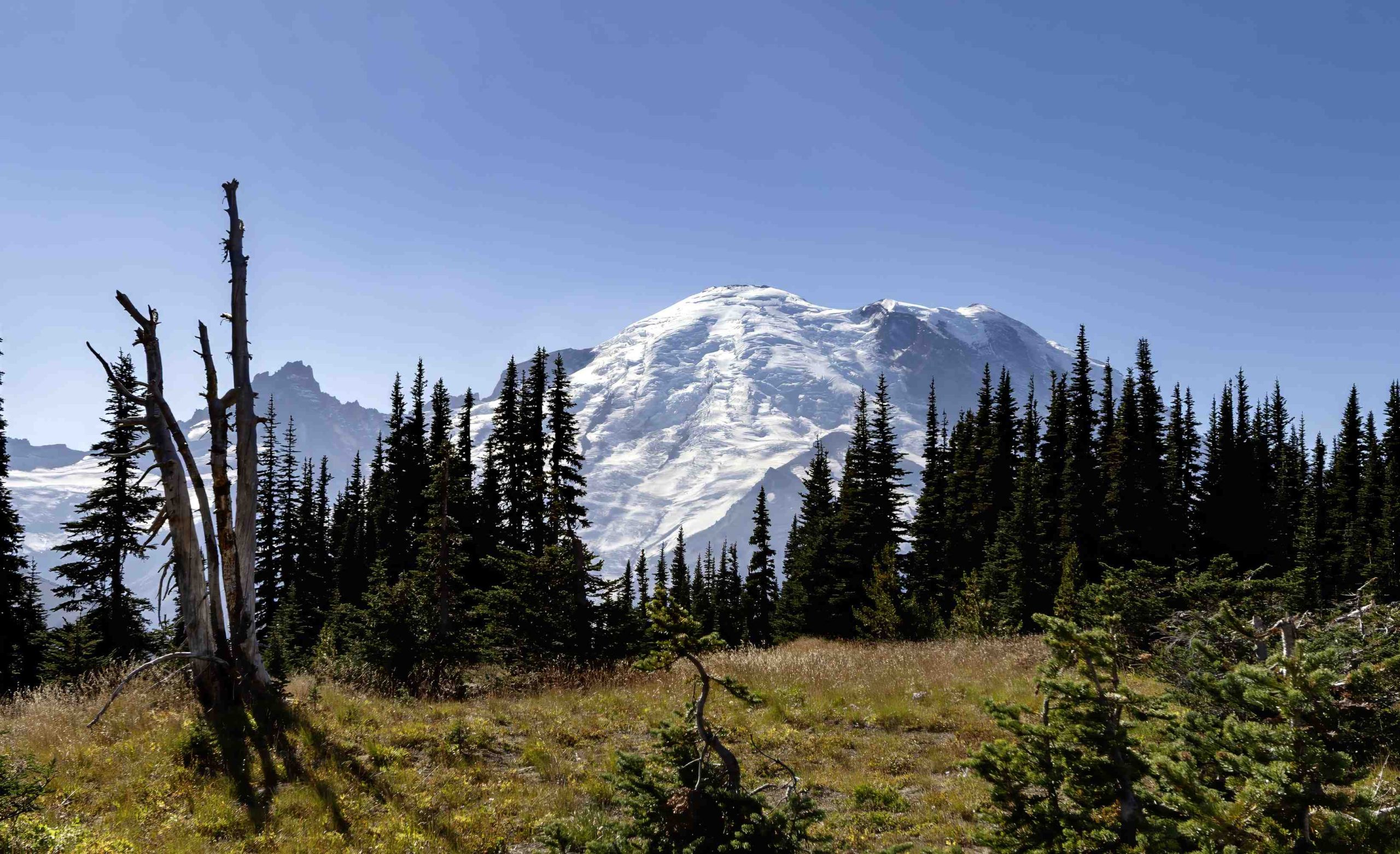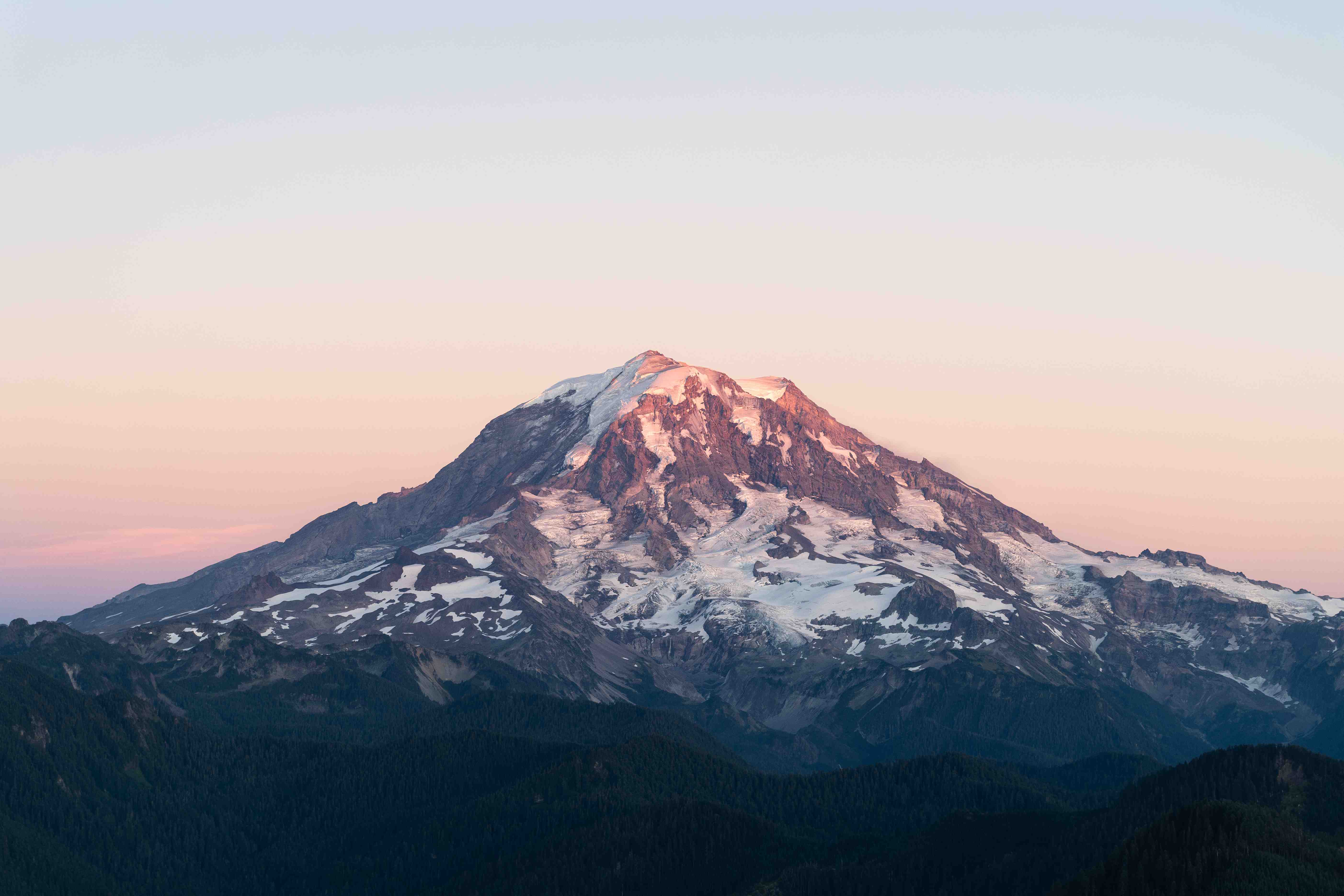The Mount Rainier Wilderness Conservation Area, encompassing 97% of Mount Rainier National Park, spans 236,381 acres of diverse ecosystems. This protected area includes old-growth forests, alpine meadows, subalpine zones, temperate forests, and glacial landscapes. With its iconic 14,410-foot stratovolcano, Mount Rainier, the wilderness area is a testament to conservation efforts in the Pacific Northwest, preserving unique habitats and offering visitors a chance to experience pristine natural beauty.
What is the Total Area and Ecosystem Diversity of Mount Rainier Wilderness?

The Mount Rainier Wilderness Conservation Area boasts an impressive array of ecosystems within its 236,381 acres:
- Old-Growth Forests: 91,000 acres
- Alpine Meadows & Barren Tundra
- Subalpine Meadows
- Temperate Forests
- Glacial Landscapes: 26 major glaciers covering 35 square miles
This diversity creates a unique environment that supports a wide range of flora and fauna, making it a critical area for conservation efforts.
What Are the Notable Geographical Features of Mount Rainier Wilderness?

Mount Rainier Wilderness Conservation Area is home to several remarkable geographical features:
- Mount Rainier: A 14,410-foot stratovolcano, the highest point in the Cascade Range
- Extensive Glacial System: 26 major glaciers, the largest single-mountain glacial system in the contiguous 48 states
- Water Resources: 470 mapped rivers and streams, 382 mapped lakes and ponds, and extensive wetlands
- Dramatic Elevation Gradient: Ranging from 1,600 feet to over 14,000 feet
These features contribute to the area’s ecological importance and scenic beauty, attracting researchers and nature enthusiasts alike.
What Wilderness Activities Are Available in Mount Rainier?
The Mount Rainier Wilderness Conservation Area offers a variety of activities for visitors:
Hiking Trails
- Wonderland Trail: 93-mile trail circumnavigating Mount Rainier
- Paradise Valley Trail
- Camp Muir Trail
Trails range from easy day hikes to challenging multi-day treks, catering to various skill levels.
Camping
- Backcountry camping requires a permit
- Limited to designated campsites to protect the environment
- Reservations available through the park’s website
Seasonal Activities
- Some trails and areas may be closed due to snow or maintenance
- Climbing and high-altitude activities generally restricted during winter months
What Are the Key Conservation Regulations for Mount Rainier Wilderness?
To protect the delicate ecosystem of Mount Rainier Wilderness Conservation Area, several regulations are in place:
- Campfires:
- Allowed only in designated campsites
- Must be fully extinguished before leaving
-
Fire restrictions may be implemented during dry periods
-
Wildlife Interactions:
- Maintaining a safe distance from wildlife is mandatory
- Feeding or approaching wildlife is strictly prohibited
-
Bear-resistant containers required in some areas
-
Waste Disposal:
- All waste must be properly disposed of
- Use biodegradable soap in backcountry areas
-
Human waste must be buried at least 6 inches deep and 200 feet from water sources
-
Penalties:
- Violations can result in fines, penalties, and even arrest
How Can Visitors Obtain Mount Rainier Wilderness Access Permits?
Accessing Mount Rainier Wilderness Conservation Area requires various permits:
| Permit Type | Cost | Application Timeline |
|---|---|---|
| Backcountry Camping | Free (reservation fee may apply) | Submit through park website |
| Climbing | $50-$70 per person | Apply well in advance |
| Day Use | Varies | May be required for high-use areas during peak seasons |
The park operates on a quota system for backcountry camping and climbing to manage visitor numbers and protect the environment. Reservations are highly recommended, especially during peak season.
What Wildlife Protection Policies Are in Place at Mount Rainier?
Mount Rainier Wilderness Conservation Area has implemented several policies to protect its diverse wildlife:
Endangered Species Protection
- Northern spotted owl
- Marbled murrelet
- Fisher
Conservation efforts, such as the Mount Rainier Gateway Initiative, focus on protecting these species’ habitats.
Habitat Protection Measures
- Preservation of old-growth forests, wetlands, and subalpine meadows
- Collaboration with local tribes and federal agencies for ecosystem health maintenance
Wildlife Viewing Guidelines
- Keep a safe distance from wildlife
- Use binoculars for viewing
- Avoid feeding or approaching animals
- Utilize educational resources (park rangers, visitor centers, interpretive programs)
Best Practices for Minimizing Human Impact
- Stay on designated trails
- Follow all park regulations
- Support conservation initiatives
- Respect closed areas to protect sensitive habitats
By adhering to these policies and best practices, visitors can help preserve the Mount Rainier Wilderness Conservation Area for future generations while enjoying its natural wonders responsibly.

